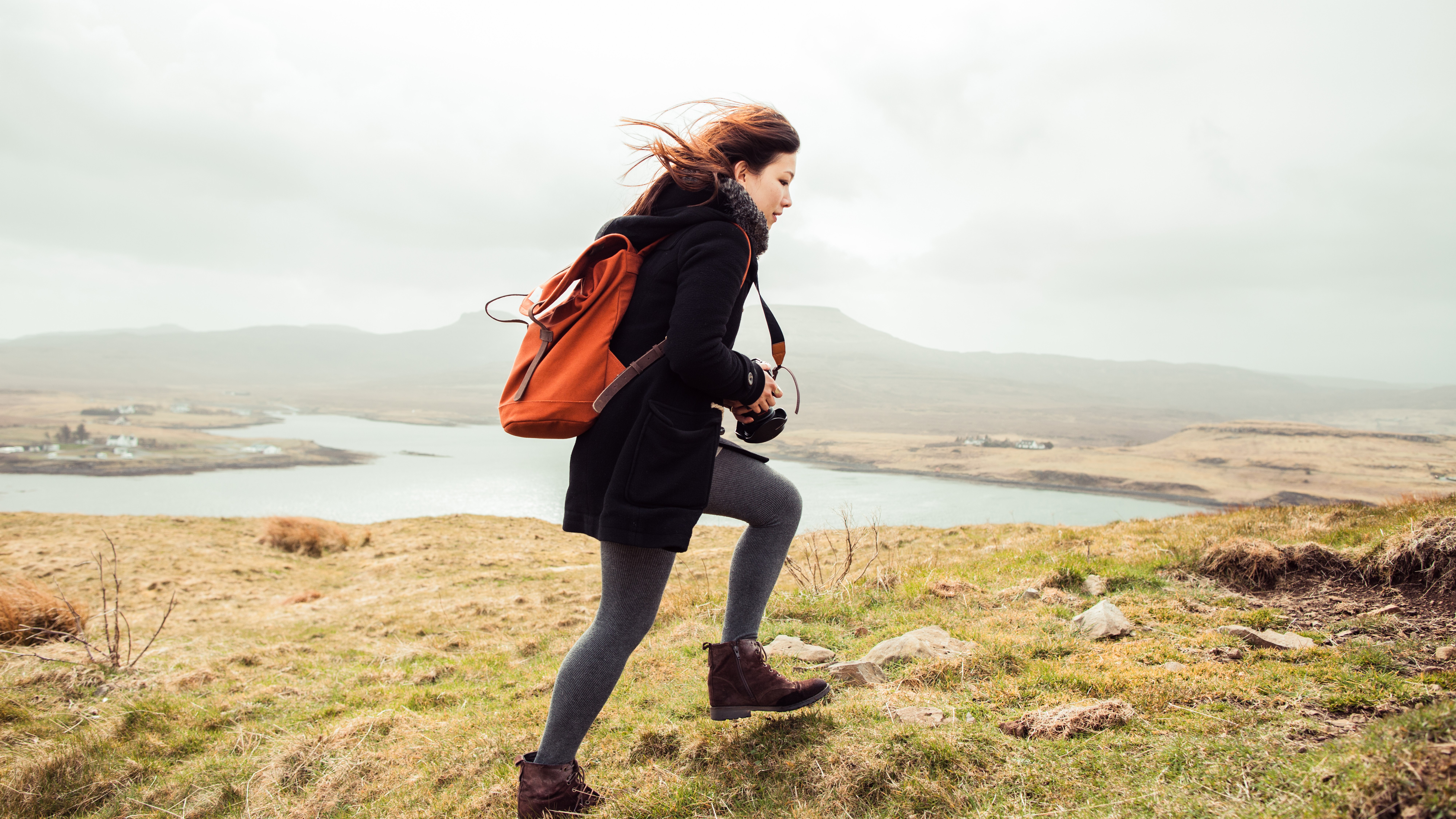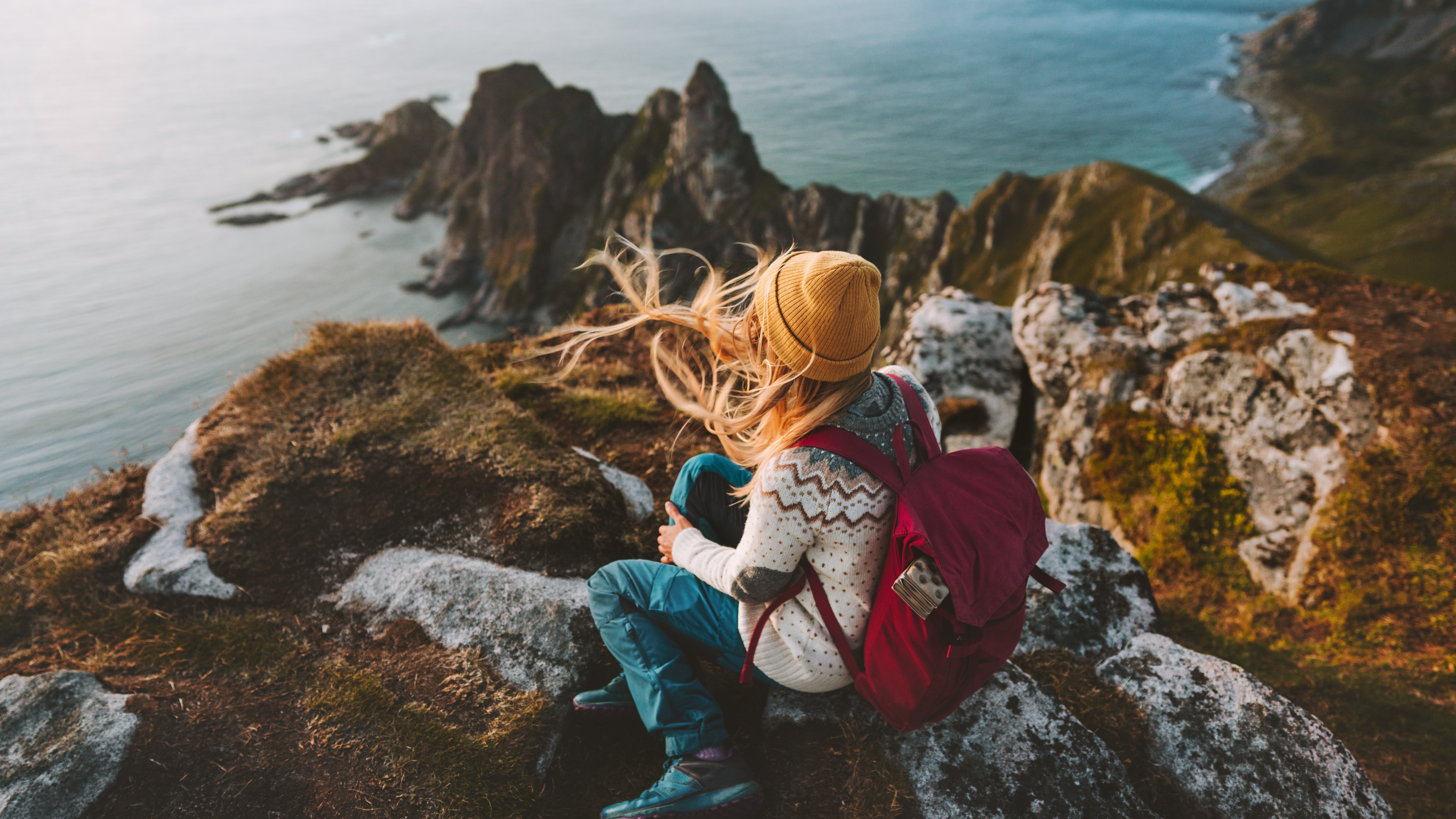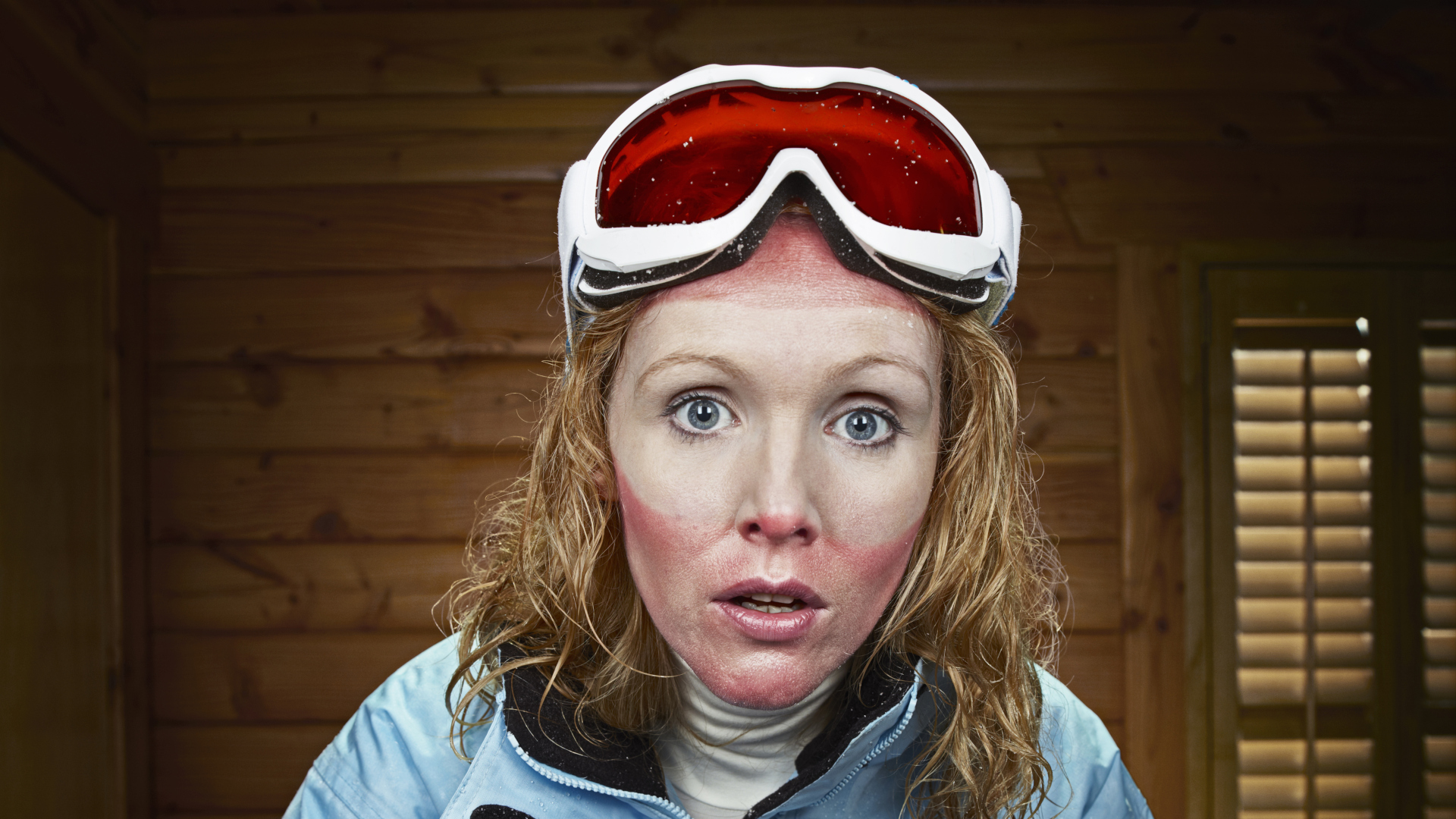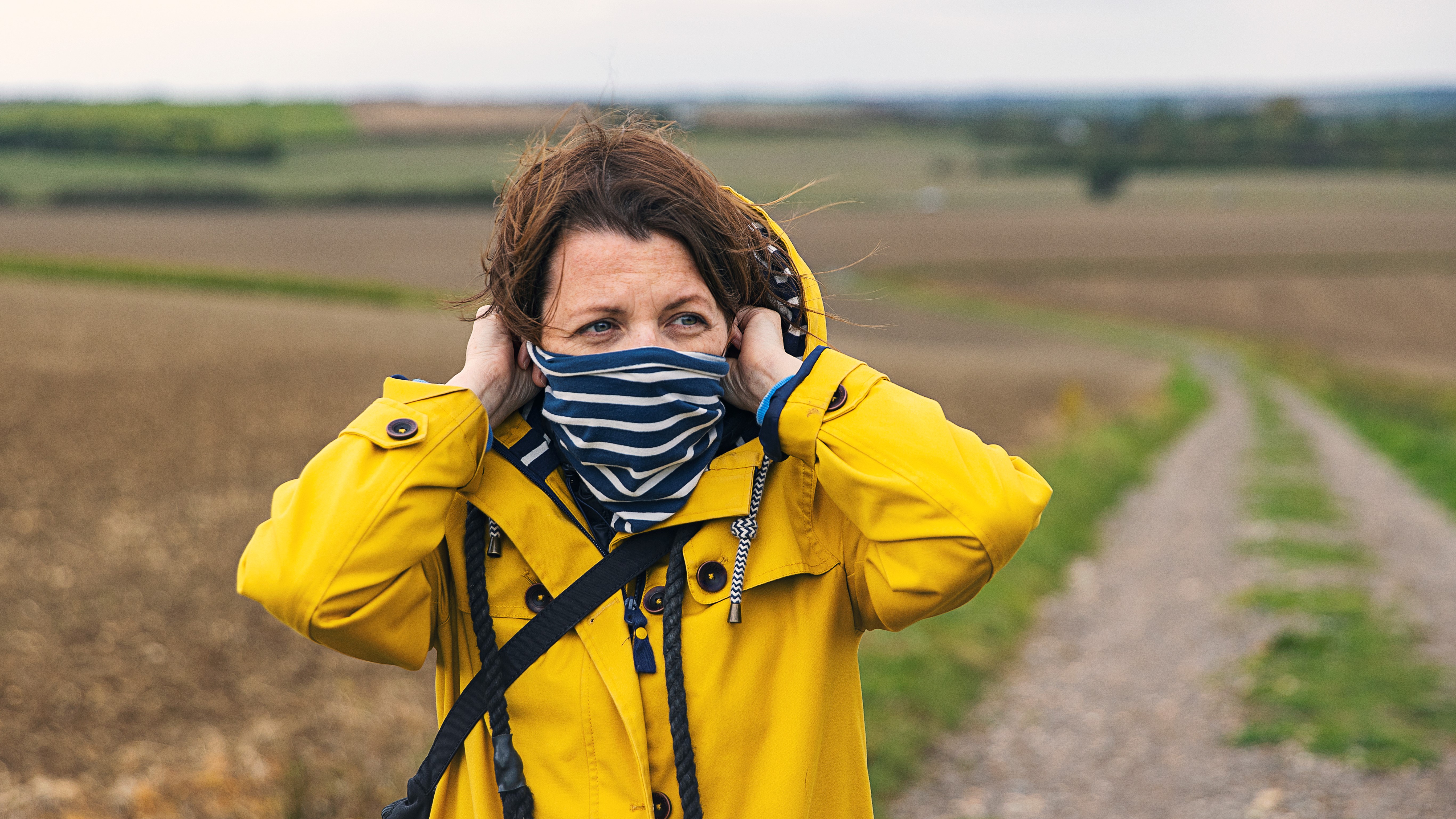How to avoid and treat windburn on the trail
Windburn after a hike or trail run can leave you with red, burning skin, even on an overcast day – learn how to prevent it and treat it

Have you ever returned home from a hike or trail run with a red face and burning skin even though it was overcast? Perhaps you even put on a little sunscreen before you went out, and still your skin is smarting. If it was windy out and you were outdoors for a long time, you could have got yourself some windburn. Read on to find out what windburn is and how to prevent it the next time you’re planning on getting your best hiking boots or trail running shoes out for an adventure in an exposed area.
What is windburn?
Windburn is something we hear about often, but it turns out that there isn’t actually a medical consensus on what it really is. Some skin experts view it as simply sunburn that can easily occur on a cloudy, windy day if it’s cool and you’re lured into thinking it’s safe to head outdoors without any sunscreen.
However, the experts at Skincancer.org classify it as skin damage that occurs when sun and wind act together. They explain that in its healthy state, your skin’s outermost layer, known as the stratum corneum, provides a protective barrier against some of the sun’s rays and the wind. However, according to the textbook The Environmental Threat to the Skin, exposure to the wind can weaken the defenses of this layer of skin, causing dryness and depletion, which over time makes the underlying cells of your skin more susceptible to damage and skin cancer.

Furthermore, just as wind exposure can dry out your stratum corneum and cause that outer layer to shed, it can also cause your sunscreen to dry and cast off, leaving you more vulnerable to the sun’s rays if you’re not extra cautious with sun protection when it comes to reapplying or are using a spray-based formula.
All together, this can explain why you might come home red-faced from a hike even when it’s been an overcast day and you put sunscreen on before you left the house. Windburn can occur in both warm and cold conditions, as well as on cloudy and sunny days, so long as there’s wind, which means you can get it hiking, running or skiing in exposed areas like mountains, coastal areas and moorlands.

How do you know if you have windburn?
It turns out that the symptoms of windburn are much the same as those of sunburn and according to Healthline may include:
- Redness
- Burning sensation
- Dry skin
- Peeling
Of course, there are other factors that can cause these symptoms and if they arise on their own, they’re call for a trip to the dermatologist. But if you’ve been outdoors in the wind all day, regardless of the amount of sun, and come home with any of these symptoms, windburn might be to blame.
All the latest inspiration, tips and guides to help you plan your next Advnture!

How do you treat windburn?
Because windburn is essentially extreme dryness, and may be painful, treating windburn involves re-moisturizing your skin and pain relief.
For pain relief in the short term, over-the-counter anti-inflammatory can help along with washing your face using cool water.
To combat dryness, use moisturizer or face oil plentifully on the affected area and stay hydrated.
To avoid further drying out your skin, steer clear of astringent skin treatments and cleansers, hot showers or baths and spending further time outdoors until things have healed.

How to avoid windburn
In high wind conditions, the best tactic is to reduce your exposure to the wind. This can include finding more sheltered trails for hiking and running such as valley floors and forested trails and staying off high ridges and moors. You can also limit your time outdoors in exposed, windy areas and if you’re camping, use a windbreak which you can construct using a camping tarp.
Another way to reduce your exposure is to cover up. Wear hiking pants or running leggings with a long sleeved base layer or a windbreaker over a T-shirt. Wear a hat and gloves if the weather is cooler and sunglasses to protect your eyes so that not all of your face is exposed. If it’s cold out, you can even use a neck gaiter or balaclava to cover your lower face.
Obviously, you’ll want to slather sunscreen on your face and any other exposed skin, but for windy conditions you’ll want an oily or creamy sunscreen that’s moisturizing or intended for those with dry skin, and apply an emollient about 30 minutes before using it. In windy conditions, you’ll want to reapply more frequently too – every two hours that you’re outdoors.
Finally, one of the most common places we get symptoms of windburn is on our lips, so don’t forget to use chapstick with sunscreen in it too.
Julia Clarke is a staff writer for Advnture.com and the author of the book Restorative Yoga for Beginners. She loves to explore mountains on foot, bike, skis and belay and then recover on the the yoga mat. Julia graduated with a degree in journalism in 2004 and spent eight years working as a radio presenter in Kansas City, Vermont, Boston and New York City before discovering the joys of the Rocky Mountains. She then detoured west to Colorado and enjoyed 11 years teaching yoga in Vail before returning to her hometown of Glasgow, Scotland in 2020 to focus on family and writing.

